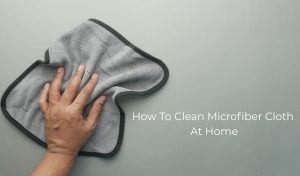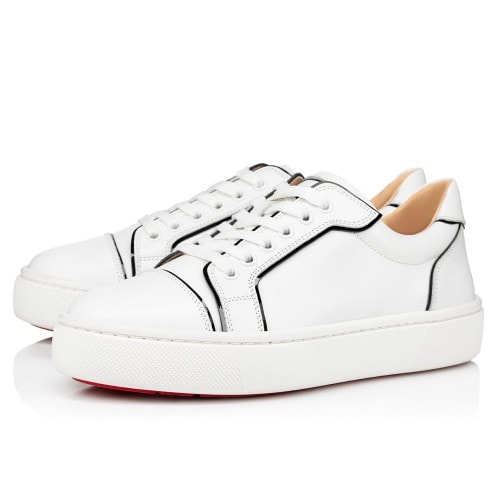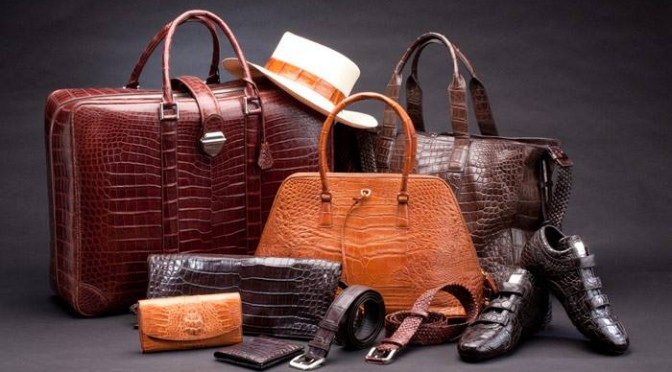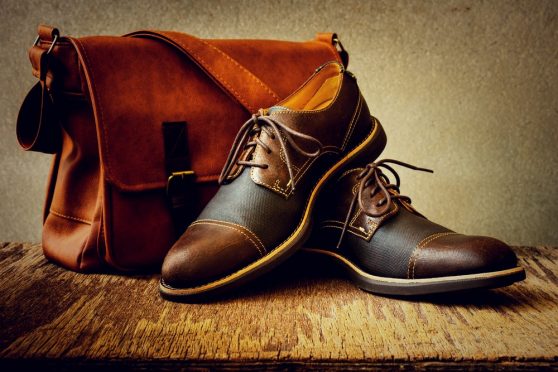Many people end up losing their favorite garment...
Read More
Table of Contents
Finding it difficult to squeeze into your favorite jeans after a wash is an unfortunate reality. Most people who wear denim can relate. The actual dilemma is do jeans shrink after wash and to what degree and what’s the reason? Regardless of whether you wear rigid raw denim or stretchy jeggings, knowing what causes shrinkage to denim and figuring out ways to prevent it is drastically important.
This article will do exactly that. Alongside practical solutions, we will elaborate on the science of denim shrinkage, list the most vulnerable types of jeans, and explain ways to minimize the shrinkage. We will guide you on how to regain lost denim accuracy along with making wiser laundry choices.
Why Do Jeans Shrink After Washing?
Jeans shrink mostly due to water, and this is attributed to the fact that denim is made out of cotton, a type of natural fibre which is reactive to moisture. As hot water or a dryer is exposed to, jeans go under the process of heat. During the production process, denim fibres are spun and stretched. Once exposed to the high heat or dryer mediums, they tend to relax and return to a default setting, meaning that they will be smaller in size.
Yes, jeans can shrink in size after washing them in hot water and drying them on a high heat setting. The first few washes do the most damage in regard to driving elasticity out of jeans. If you have ever purchased raw denim, over time you would probably see some substantial changes after taking it for its first wash. It’s worth noting that unsanforized jeans(not pre shrunk) can lose up to 10% in physical dimensions.
Get spotless clothes at your doorstep!
The Role of Fabric Type in Shrinkage
Which type of fabric is more appropriate to a particular pair of jeans will determine how much the jeans will shrink after a wash. Certain fabrics are destined to shrink, while others are relatively inflexible because of protective fibers built within or pre-treatment processes that have pre-conditioned the materials. Let’s look into the behavior of different types of denims.
- 100% Cotton jeans
Untreated denim or raw cotton denim has not been preshrunk and can shrink substantially, about 10% after the initial wash. This type of jeans is washed in a machine and then dried with a dryer. The dryer uses a lot of heat which tends to make the jeans a lot shorter and tighter. Contracting is caused by forces of nature when heat and moisture is applied as they make the fibers in the denim shrink.
- Pre-Shrunk Jeans (Sanforized)
“Sanforized” jeans or pre-shrunk denim undergoes a mechanical process during manufacturing that limits the shrinkage that occurs post-purchase. This treatment compresses the fabric ensuring that it does not shrink too much after washing. Sanforized jeans may still shrink slightly—usually around 1%—but this change is typically too minor to impact the fit.
- Stretch Jeans
Cotton blended with a small percentage, usually 1 to 5%, of some elastic fiber like elastane, spandex or Lycra results in stretch jeans. With these materials, the jeans are softer and more comfortable while offering a fitted style that moves with the body. Once stretch jeans are exposed to hot water or dryer heat, they will shrink slightly, but after wearing them for a few hours, they will return to their original shape. The movement stretch fabric offers is helpful for many people who require jeans that allow movement or change in body sizes during the day.
- Blended Fabric Jeans
Cotton blended jeans are made by combining cotton and denim with synthetic materials such as polyester, rayon, or modal, which increases the durability and shrink-resistance of the denim. Because of these synthetic inclusions, blended jeans are more stable in size after washing because the fabric is less prone to contraction. Polyester is known to keep its shape and is less affected by heat, which is important in maintaining the jeans’ fit. Besides, these blends are often easier to care for because they do not wrinkle easily and better preserve color, making them ideal for individuals who prefer jeans that require less attention in terms of washing and drying.
Do All Jeans Shrink the Same Way?
No. Even for jeans of the same brand, the combination of the wash cycle, dryer settings, fabric quality, and frequency of washing can influence the amount of shrinkage.
Some jeans may predominantly shrink in length, while others may become tighter around the waist or hips. The cut and weave of the denim also matters. For example, tighter woven skinny jeans often feel more constricting after a wash and dryer cycle, while looser fitting jeans may show more subtle changes.
The keyword question—do jeans shrink after wash? can be answered with the following: Most denim garments indeed shrink during initial washes, but the degree of reduction differs between pairs.
Get Shiny and spotless clothes at home
How Much Do Jeans Shrink?
Amount of denim shrinkage varies due to a combination of factors including exposure to heat, the water temperature, type of fabric, and how the jeans were manufactured.
Here are some estimated ranges for overall shrinkage:
Waist and Hips: Up to 1 inch
Inseam/Length: Raw denim can shrink up to 2-3 inches
Thigh and leg width: Jeans tend to shrink “in” a bit over time
If you are asking yourself can jeans shrink after washing and significantly change the dimensions so that you have to tailor them, then yes, they will most definitely if washed in high temperature water or dried at high temperatures. This is not the case with stretch or pre-shrunk jeans which tend to return to their original shape after being worn.
Can You Prevent Jeans from Shrinking?
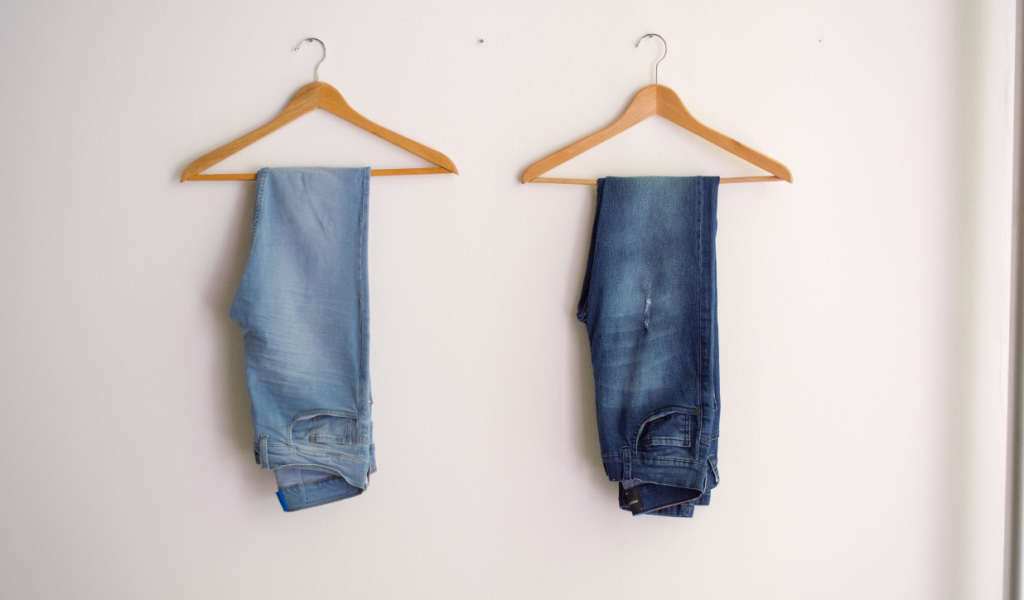
Without a doubt. If you want to avoid jean shrinkage, you take some preventative measures during the washing and drying processes.
1. Check the label
Make it a habit to look at the care label on your jeans before cleaning them. It has important information about the fabric alongside temperature settings that allows you to try and clean the denim while avoiding unnecessary shrinkage.
2. Soak with cold water
It is common knowledge that washing clothes in cold water is a way to prevent fabric contraction. Avoiding high temperatures when washing denim is best for maintaining the size as well as color.
3. Reverse the Jeans
To preserve the fabric, turning jeans inside out before washing offers better protection than doing so without turning them. It prevents fading of color, lessens abrasion in the drum, and helps keep the fabric’s structure, which in turn reduces wearing, tearing, and shrinkage.
4. Use Safe Detergents
Select a gentle detergent free of caustic agents and bleach. Such detergents help fabric maintain its strength alongside prevention of breakdown of rubbery strands ensuring the jeans remain supple and properly aligned.
5. Air Dry Your Jeans
To avoid shrinkage, steer clear from dryers. Instead, hang the jeans to air dry naturally and out of direct sunlight. Moreover, if put in the dryer, it is advisable to set it on low heat. Taking the jeans out while still slightly damp will also prevent excessive shrinkage.
Flat 20% off on 1st order-
schedule free pick up
Will Jeans Shrink After Wash Every Time?
The reality is that jeans do not notably shrink with every wash, especially after the first few washes. Most of the shrinking happens at the beginning of its life and after that they usually maintain their form unless regularly washed and dried with heat.
If you are asking the question, will jeans shrink after wash every time you clean them, keep in mind that gentle care will reduce shrinkage. Avoid washing them frequently, keep the temperatures low, and allow them to air dry in order to retain their shape.
Do Stretch Jeans Shrink Too?
With the addition of a cotton/spandex blend, stretch jeans have become a lot more comfortable. They may shrink a tad after washing, but after spending some time in a dryer, they usually return to their shape.
However, the loss of elastic does lower the jeans stretch ability, and constant exposure to heat like a dryer can damage the jeans. The best ways to prevent stretching include:
– Staying away from hot water while washing the jeans
– Using a mesh wash bag
– Not machine drying them
Can You Reverse Shrinkage in Jeans?
If your jeans do shrink, then you may be in luck, as there are ways to get them back to a size more comfortable.
1. Put Them On When They’re Wet.
They just need to be slightly damp and there will be a lot more moving involved while wearing. This alone does stretch fabric back to its original size and will help with the stretch.
2. Manually Stretch Them
These should be laid flat while soaking wet, then gently pulling the waist and legs should be done while keeping the hips held. This will help hold the stretch, leave them like this for a while.
3. Use a Conditioner
Soak the jeans in a mixture of lukewarm water and hair conditioner or fabric softener for half an hour. It relaxes the fibers and makes stretching easier. After soaking, pull and stretch the jeans while they dry.
Common Myths About Jean Shrinkage
These are some unexplained wraps that need deeper myth-busting that will make your life less complicated.
Myth: Cold Water Fights Off All Shrinkage.
While cold water is useful in preventing some shrinkage, the use of a hot dryer will still shrink your jeans considerably.
Myth: Pre-Shrunk Jeans Never Shrink
While pre-shrunk jeans do slow down the amount of future shrinking compared to raw denim, a certain degree of shredding over time does remain common, especially with careless treatment.
Myth: A Shrunken Pair Of Jeans Are Useless
Most shrunken jeans don’t get ruined and retail it’s worth because these jeans are permanently damaged. They can be stretch back to form using water, movement, or certain stretching methods.
Myth: Frequent Washing Keeps The Jeans Clean
Washing frequently makes the denim weaker leading to demolishing of denim fibers, increasing unwanted shredding. It is better not to wash unless your jeans really need it.
Best Laundry Routine for Preventing Shrinkage
These are the essential steps to washing your jeans without worrying about shrinking them:
- Always remember to turn your jeans inside out first.
- The jeans need to be washed using cold water with a gentle short cycle.
- Wash together with jeans of similar color (preferably other dark jeans).
- Stretch fibers softener should be avoided when washing your jeans when they have stretch fibers.
- Do not hang or lay the jeans flat. Instead, make sure to dry the jeans avoiding direct sunlight if you’re worried about the color fading.
- If needed, steam or iron to reshape the jeans.
How Often Should You Wash Jeans?
According to specialists on denim and the material’s manufacturers, it is ideal to wash jeans after every 5 to 10 times you put them on. For best results, do not wash them if they do not stink or look dirty.
Slightly soak stained areas, let them breathe, or freeze them to refresh them between wash cycles.
Conclusion
To answer the question: do jeans shrink after wash? As the case may be, the pair does indeed shrink, mostly when exposed to heat. With that being said, the fabric, washing care methods, and maintenance of the garment plays a crucial role on the extent and intensity of shrinking.
If you own a pair of 100% cotton jeans and intend on using a heated dryer, prepare for a size change. In the opposite case where you put on pre-washed or stretch jeans and wash them in cold water, expect no visible difference. However, in the off chance it does shrink, there are numerous options to restore the denim back into its previous shape.
In order to stop the continuous repeat of will jeans shrink after wash, establish a no-dryer cold wash routine and they’ll keep their fitting, sleek aesthetic, and longevity.
Disclaimer: The opinions expressed in this article are those of the author. They do not necessarily purport to reflect the values or views of Tumbledry.
Best Ways to Use Vitamin C in Laundry
Don't let stains ruin your favorite clothes! Ever...
Read MoreHow to Keep Your Sweaters Soft and Fluffy:
Buying blazer for boys is not a cake...
Read MoreHow To Remove Slime From Clothes
Playing with slime is among the favorite activity...
Read MoreHow To Clean Microfiber Cloth At Home
We all know that microfiber clothes are very...
Read More10 Best Traditional Engagement Dress For Couples In
Wedding season is not so far and people...
Read MoreTop 30 Best Women Clothing Brands In India
Want to explore top 30 women clothing brands...
Read MoreHow To Remove Permanent Marker From Clothes?
There are many times when we get a...
Read MoreBest Shoes For Walking: Expert Tips For Long
Step into comfort and durability! Discover the best...
Read MoreBest Clothing Brands For Men
want to explore the best clothes brands for...
Read More




